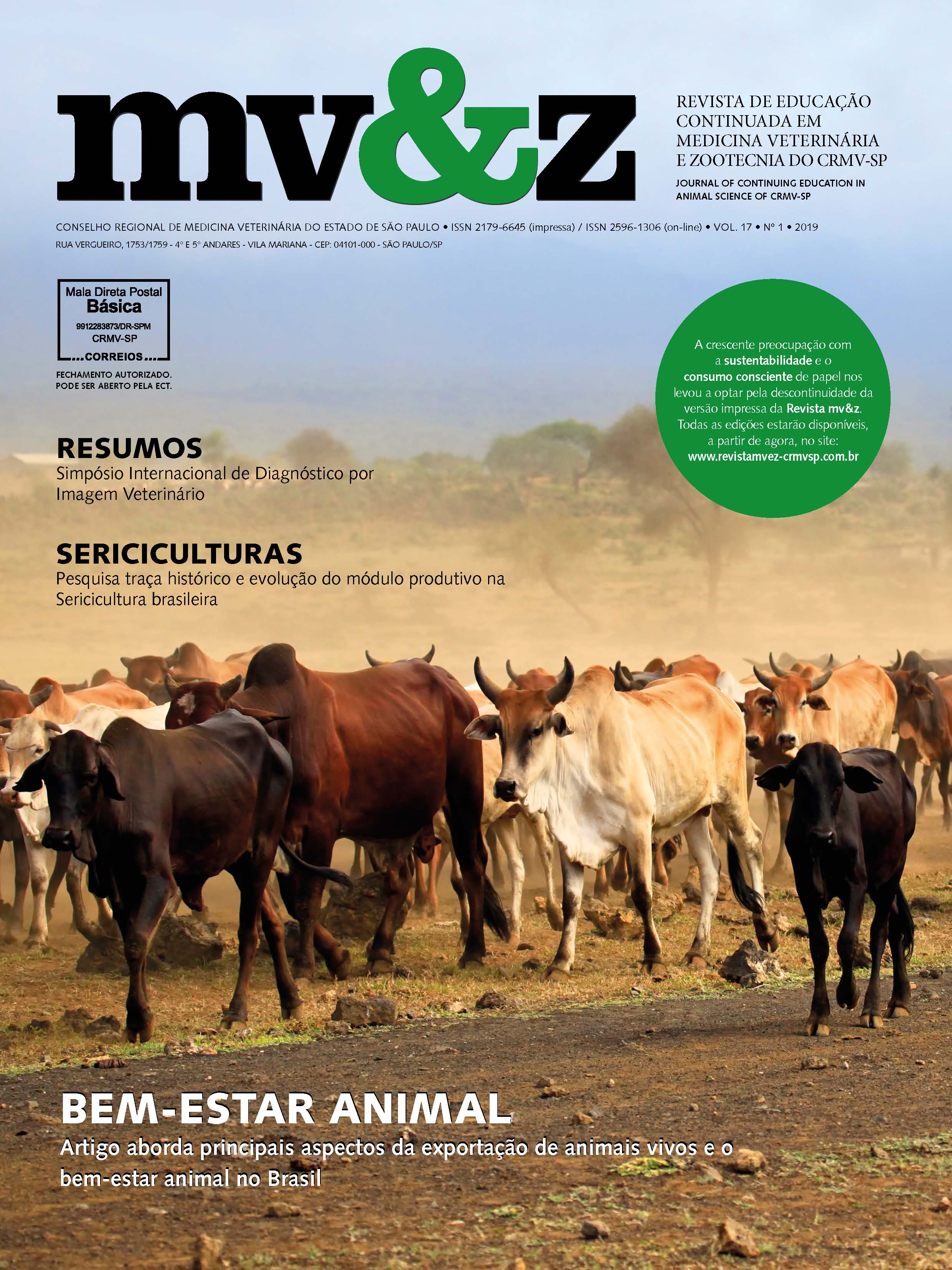Use of dexmedetomidine in Veterinary Medicine: literature review
Main Article Content
Abstract
Alpha-2-adrenergic agonist drugs have been used for decades in the veterinary anesthesiology routine and recently dexmedetomidine has been well-regarded commercially due to its greater specificity, selectivity and safety compared to drugs such as xylazine, clonidine, romifidine and detomidine. The aim of this study was to review the effects, feasibility and advantages of using dexmedetomidine based on the literature. This new drug is of great interest to the anesthesiologist for providing sedation, analgesia and more potent muscle relaxation compared to other sedatives, in addition to providing other beneficial effects, such as a decrease in the trans- and postoperatively oxygen consumption and in anesthetics and analgesics dosages. Similar to other alpha-2 adrenergic agonists, dexmedetomidine causes cardiovascular depression, although less acute, as well as affecting the respiratory system by a slight change in respiratory rate and minute volume. Dexmedetomidine can be used in combination with opioid drugs and in dissociative anesthesia. It also has the ability to be reversed with alpha-2 adrenergic antagonist drugs, such as atipamezole.
Article Details
1. Autores mantém os direitos autorais e concedem à revista o direito de primeira publicação, com o trabalho licenciado sob a Creative Commons Atribuição-NãoComercial-SemDerivações 4.0 Internacional
2. Autores têm autorização para assumir contratos adicionais separadamente, para distribuição não-exclusica da versão do trabalho publicada nesta revista (ex.: publicar em repositório institucional ou como capítulo de livro), com reconhecimento de autoria e publicação inicial nesta revista.
3. Autores têm permissão e são estimulados a publicar e distribuir seu trabalho online (ex.: em repositórios instituicionais ou na sua página pessoal) a qualquer ponto antes ou durante o processo editorial, já que isso pode gerar alterações produtivas, bem como aumentar o impacto e a citação do trabalho publicado (Veja O Efeito do Acesso Livre);
